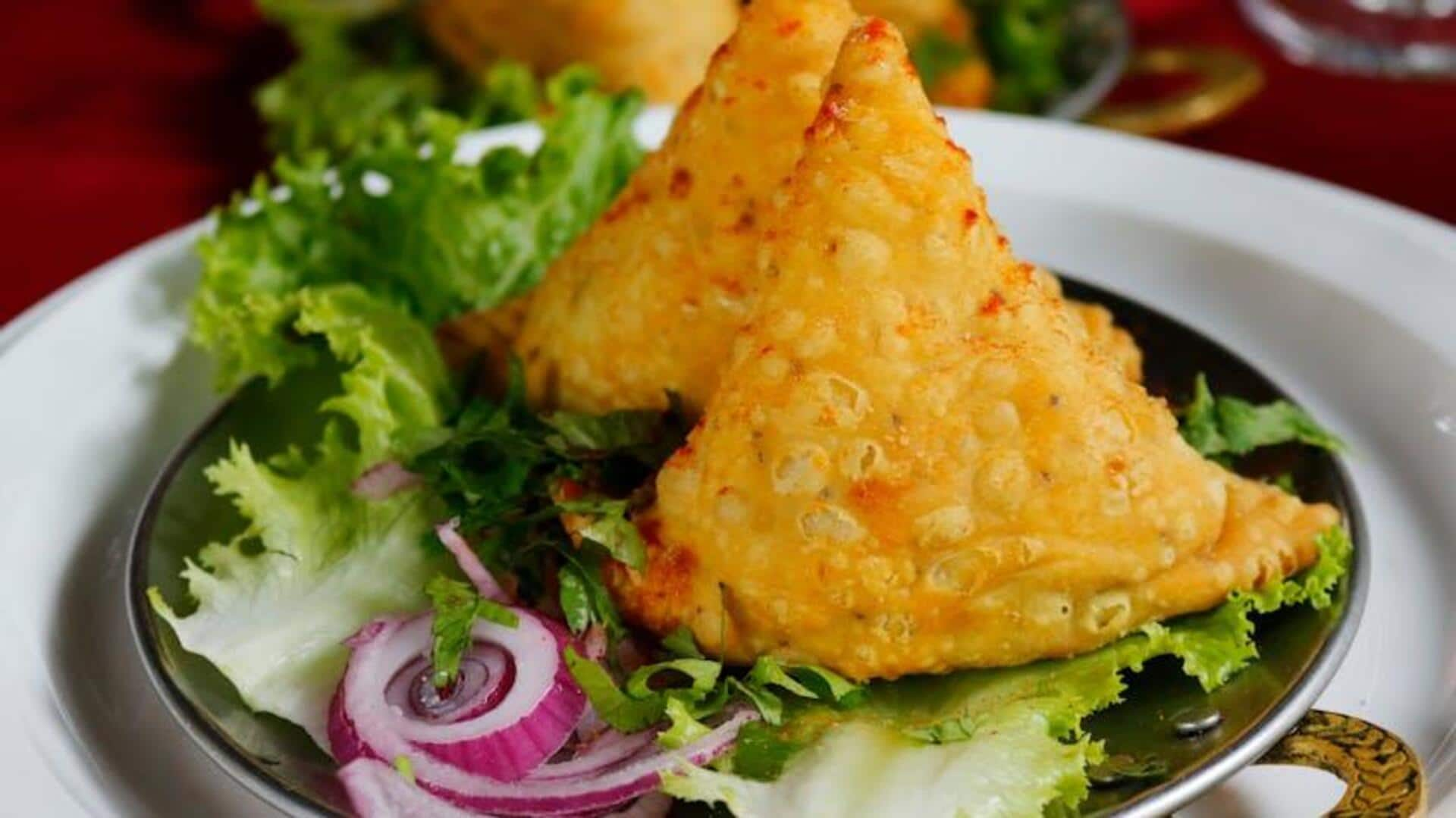
History of samosas: From ancient trade to today
What's the story
Popular snack savored all around the globe, samosas have an intriguing history dating back centuries. Originating in the Middle East, samosas made their way to the Indian subcontinent via ancient trade routes. Over the years, samosas have changed in shape and filling, customized to local flavors and ingredients. Here's a look at the journey of samosas, from humble beginnings to global craving.
Trade routes
Early beginnings in the Middle East
The earliest records of samosas can be traced back to ancient Persia, where they were called sanbosag. These triangular pastries were stuffed with nuts and spices. As traders traversed the Silk Road, they took these snacks along, introducing them to newer regions. Their portability and long shelf life made them a perfect travel food.
Cultural exchange
Introduction to India
Samosas entered India during the Delhi Sultanate era through traders from Central Asia. Here, they were revolutionized with the use of local spices, with potato fillings becoming a favorite. The Indian version kept the shape intact, but changed the flavors to suit the taste of the land.
Regional variations
Evolution across regions
As samosas spread to different parts of India, each region gave it its unique twist. In North India, spicy potato fillings became the norm, while South Indian versions were often stuffed with lentils or vegetables. These regional variations highlight how local cultures absorbed and modified this versatile snack.
Modern appeal
Global popularity today
Today, samosas are relished across the globe in different avatars, whether that is baked or fried ones with different fillings, be it cheese or vegetables. They are served at street stalls and high-end restaurants alike, owing to their universal appeal and versatility across cuisines around the globe.